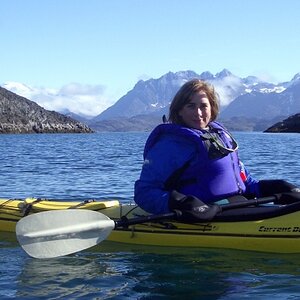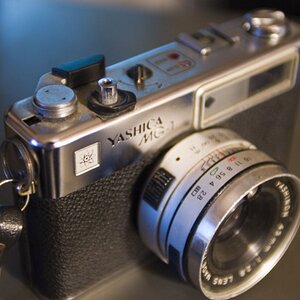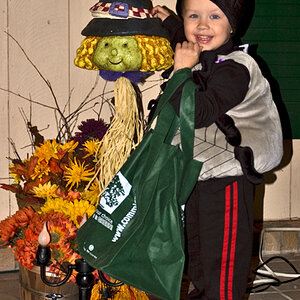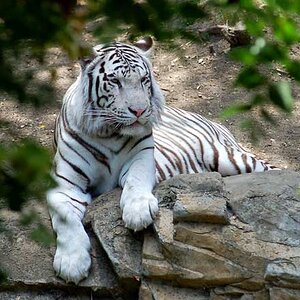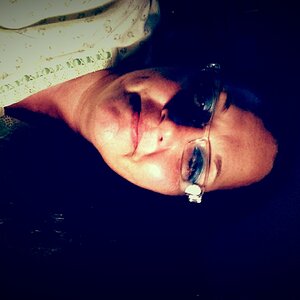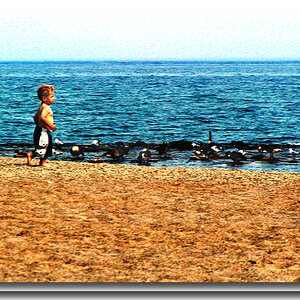Hey again...
Is anyone able to explain to me the difference between lenses, i.e I know you can have say a 28mm-90mm but how does this differ from another lens and why? How do you know which lens to use for what?
I know its basic but as an SLR newb I still have loads of questions about stuff like this and its hard to know whats what! I've been researching lots online to try and limit the amount of stupid questions I ask but I can't find a basic easy to understand answer!
Thankyou :hail:
Is anyone able to explain to me the difference between lenses, i.e I know you can have say a 28mm-90mm but how does this differ from another lens and why? How do you know which lens to use for what?
I know its basic but as an SLR newb I still have loads of questions about stuff like this and its hard to know whats what! I've been researching lots online to try and limit the amount of stupid questions I ask but I can't find a basic easy to understand answer!
Thankyou :hail:





![[No title]](/data/xfmg/thumbnail/42/42253-fef7e43227f484b1a95dd6d85c03bd40.jpg?1619740063)
